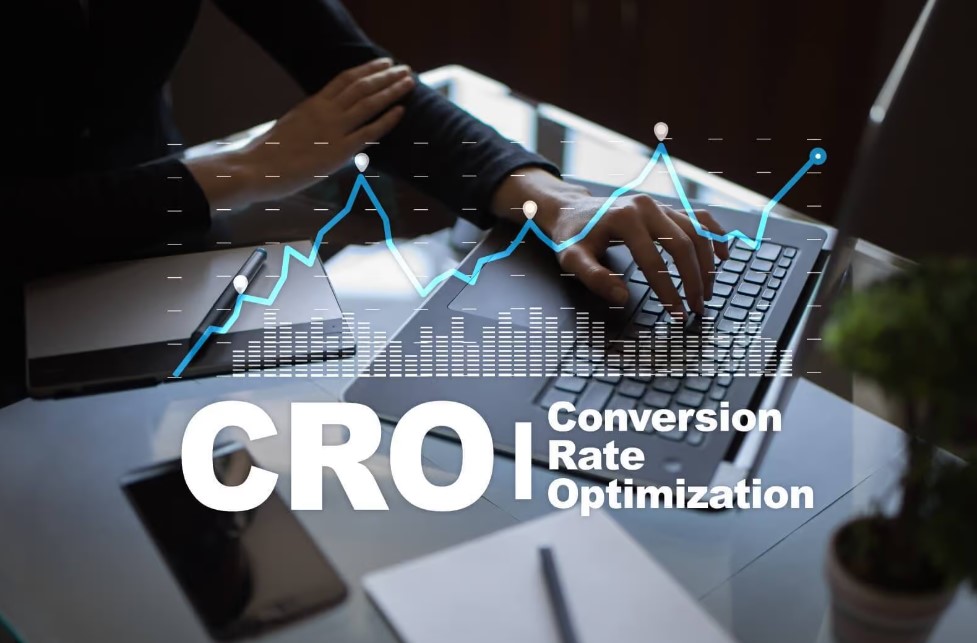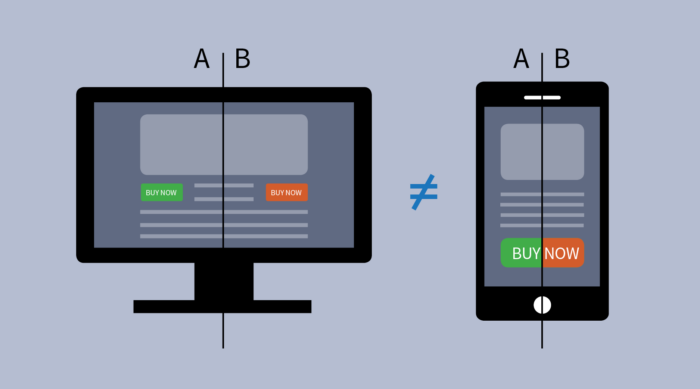
When it comes to website performance, conversion rates are king. Every online business, from e-commerce stores to SaaS companies, ultimately depends on converting visitors into customers. But what is the secret sauce that takes your website from being a lackluster performer to a conversion powerhouse? The answer lies in website conversion optimization (WCO).
In this comprehensive guide, we’ll explore proven strategies and actionable tips to help you unlock the secrets to skyrocket your conversion rates. We’ll delve deep into the world of WCO, providing valuable insights that cater to a diverse readership, from beginners to seasoned marketers. Prepare to be captivated as we embark on this journey to transform your website into a conversion machine.
Understanding Website Conversion Optimization
At its core, website conversion optimization is the process of improving your website’s ability to convert visitors into customers or achieve a desired action. This may include making a purchase, signing up for a newsletter, or even downloading a resource.
In essence, the goal is to make your website more appealing, user-friendly, and effective at driving conversions. To achieve website conversion optimization, businesses can employ a variety of tactics, including user experience design, A/B testing, and conversion rate optimization tools like Conversionzauber.
Setting Your Conversion Goals

Before embarking on your WCO journey, it’s crucial to establish specific and measurable conversion goals. These goals will serve as your roadmap and help you gauge the effectiveness of your optimization efforts. Goals may include increasing:
- Sales revenue
- Email sign-ups
- Downloads
- Free trial subscriptions
- Demo requests
Crafting Compelling Calls-to-Action
A call-to-action (CTA) is a key element in the conversion process, guiding visitors toward completing a desired action. To boost your conversion rates, focus on crafting compelling, clear, and concise CTAs. Tips for creating effective CTAs include:
- Using strong, action-oriented verbs (e.g., “Buy Now,” “Sign Up,” “Download”)
- Making CTAs visually stand out with contrasting colors and design
- Personalizing CTAs based on visitor behavior or segmented audiences
- Testing multiple variations to identify top-performing CTAs
Harnessing the Power of User Experience (UX)
A seamless and enjoyable user experience (UX) is critical to maximizing conversion rates. UX encompasses everything from website design and navigation to content and loading speed. To optimize UX, focus on:
- Simplifying website navigation to make it intuitive and easy to use
- Ensuring consistency in design, branding, and messaging across all pages
- Creating clear, engaging, and valuable content that addresses user needs
- Minimizing distractions and eliminating unnecessary elements
A/B Testing ─ A Must for Optimization

A/B testing is the process of comparing two versions of a web page or element to determine which performs better. This data-driven approach is essential to making informed decisions and refining your optimization strategy. Key elements to A/B test include:
- Headlines
- Copy
- Images
- CTAs
- Pricing structures
- Page layouts
The Importance of Trust Signals
To convert visitors into customers, you need to establish trust. Incorporating trust signals on your website can significantly improve your conversion rates. Trust signals may include:
- Customer testimonials and reviews
- Trust badges (e.g., SSL certificates, industry accreditations)
- Social proof (e.g., follower counts, influencer endorsements)
- Case studies and success stories
- Clear refund and privacy policies
Loading Speed Matters
Slow-loading websites are conversion killers. In today’s fast-paced digital world, visitors expect websites to load quickly, and even a slight delay can lead to abandonment. To optimize your website’s loading speed, consider:
- Compressing images and files
- Implementing a content delivery network (CDN)
- Minimizing HTTP requests by reducing scripts and plugins
- Enabling browser caching
- Optimizing website code (e.g., minifying CSS, JavaScript, and HTML)
Optimize for Mobile

With the majority of internet users accessing websites via mobile devices, optimizing your website for mobile is crucial for improving conversion rates. Ensure that your website is mobile-responsive and offers a seamless browsing experience on all devices. Key mobile optimization tips include:
- Using a mobile-first design approach
- Implementing easy-to-tap buttons and CTAs
- Simplifying navigation for mobile users
- Optimizing images and content for faster loading on mobile devices
Personalization ─ The Key to Customer Engagement
Personalization can significantly enhance user experience and lead to higher conversion rates. By tailoring your website content and offers to individual users, you can create a more engaging and relevant experience. Personalization strategies to consider include:
- Implementing dynamic content based on user behavior or demographics
- Offering personalized product recommendations
- Utilizing retargeting and remarketing campaigns
- Segmenting email campaigns based on user preferences and behavior
Analyze, Iterate, and Improve

To analyze, iterate, and improve your website’s conversion rate, it’s important to first understand what’s working and what’s not. This can be achieved by using a variety of tools, such as Google Analytics, heat mapping software, and user testing. By analyzing your website’s performance and user data, you can gain insights into how users are interacting with your site, where they’re dropping off, and what changes can be made to improve their experience.
Once you have identified areas for improvement, it’s time to iterate and make changes to your website. This can include anything from tweaking your messaging and calls to action to redesigning your website’s layout or navigation. It’s important to make changes in small increments and measure their impact, rather than making sweeping changes all at once. This allows you to better understand what is driving changes in performance and make more informed decisions about future changes.
Finally, the key to continually improving your website’s conversion rate is to always be testing and experimenting. This can involve A/B testing different elements of your website, trying out new marketing channels or tactics, and experimenting with different messaging or value propositions. By taking a data-driven approach and constantly experimenting, you can continue to optimize your website for maximum conversions and stay ahead of the competition.
Conclusion
Website conversion optimization is a crucial aspect of digital marketing that can significantly impact your online success. By following the tips outlined in this guide, you can transform your website into a conversion powerhouse.
Remember, WCO is an ongoing process that requires continuous analysis, iteration, and improvement. By staying committed to optimization and embracing a data-driven approach, you can unlock the secrets to skyrocketing your conversion rates and achieving your business goals.








